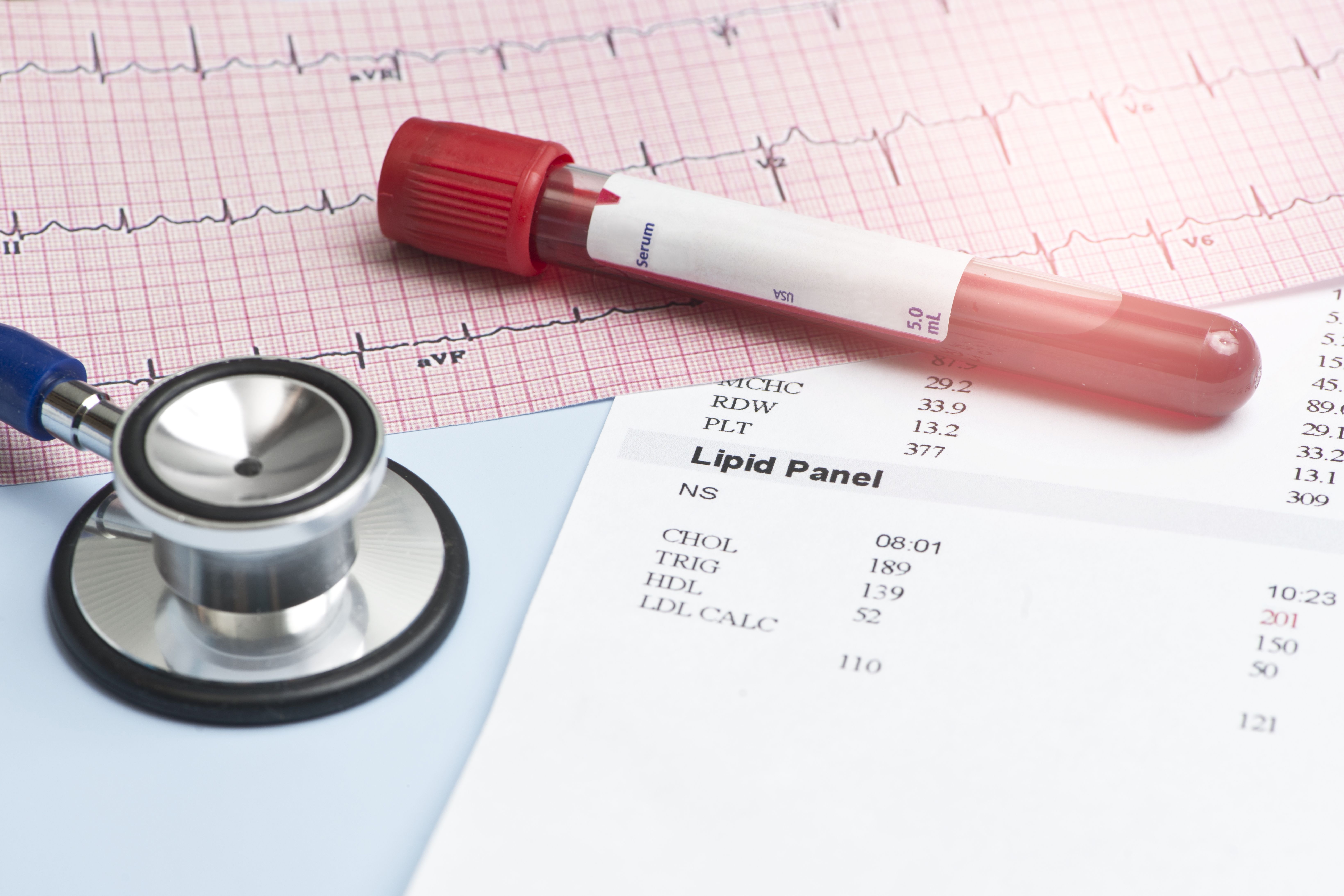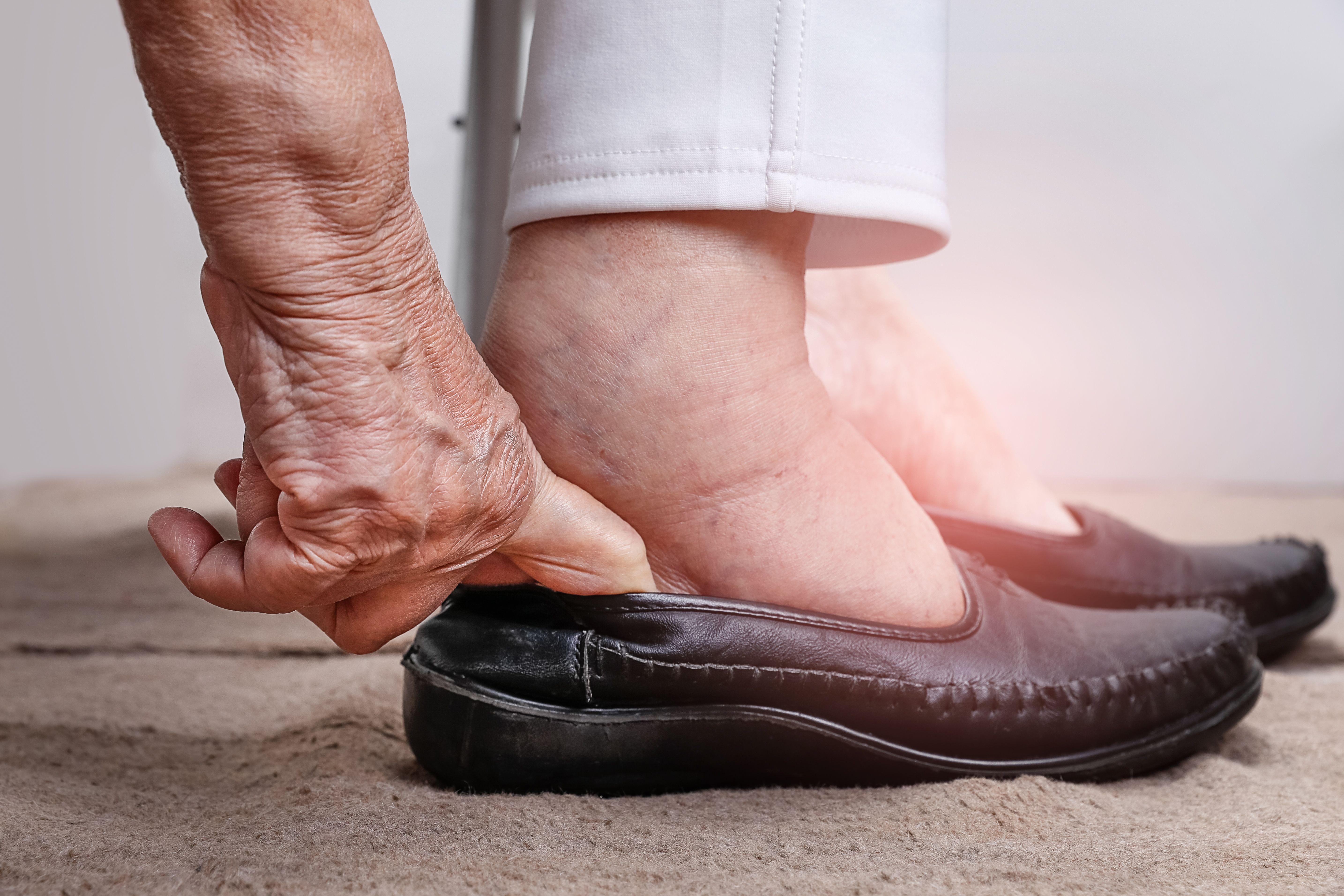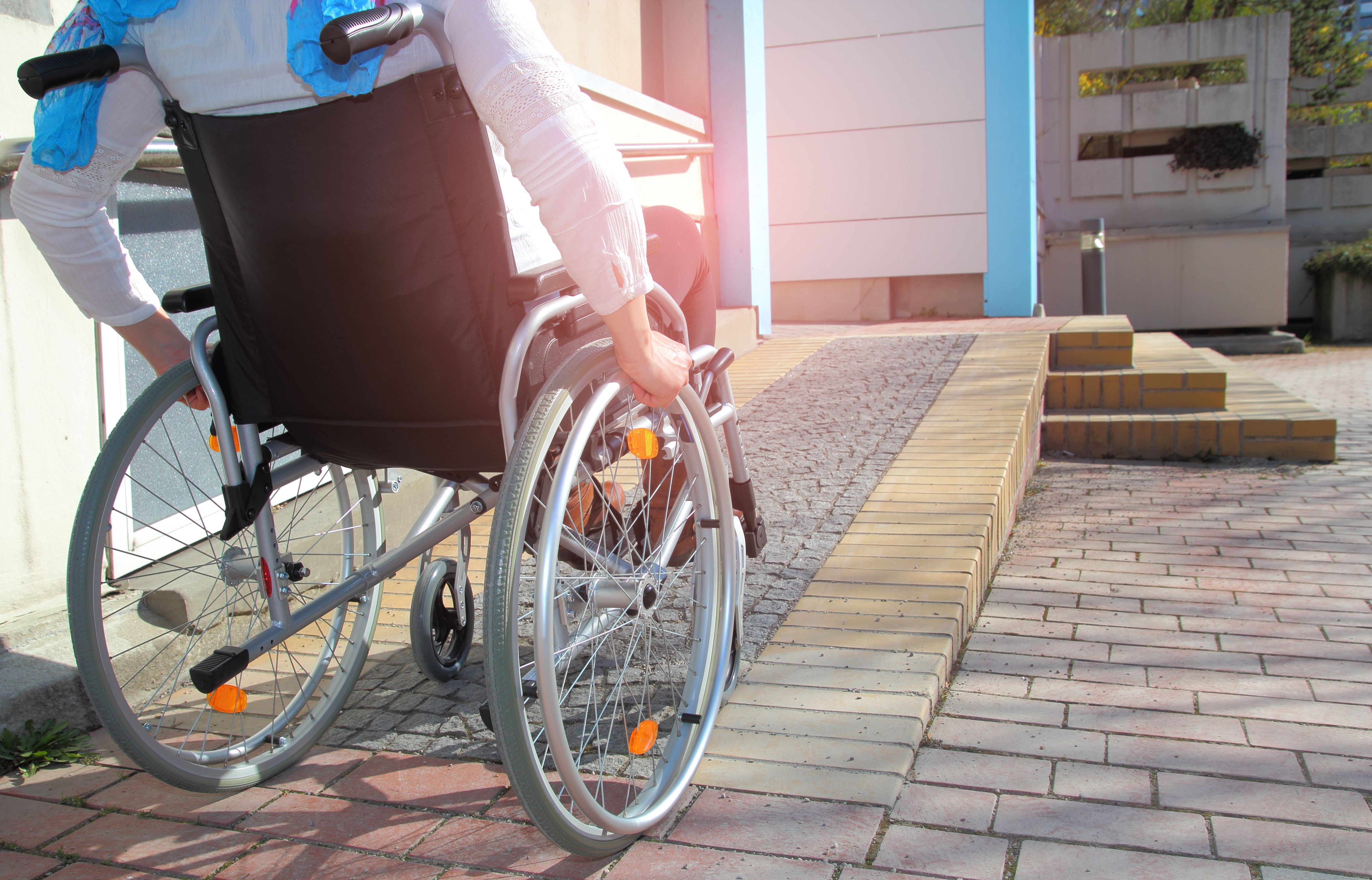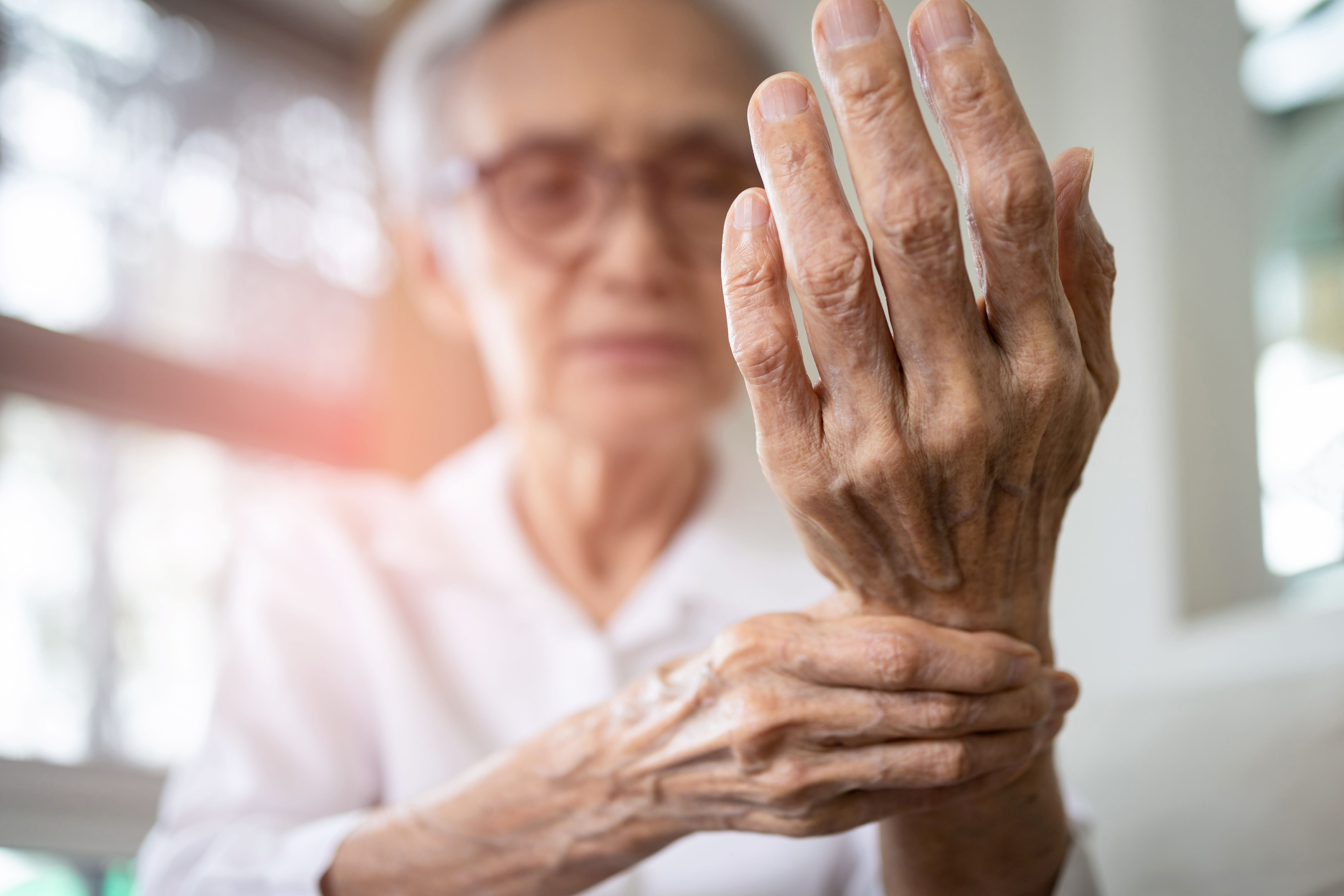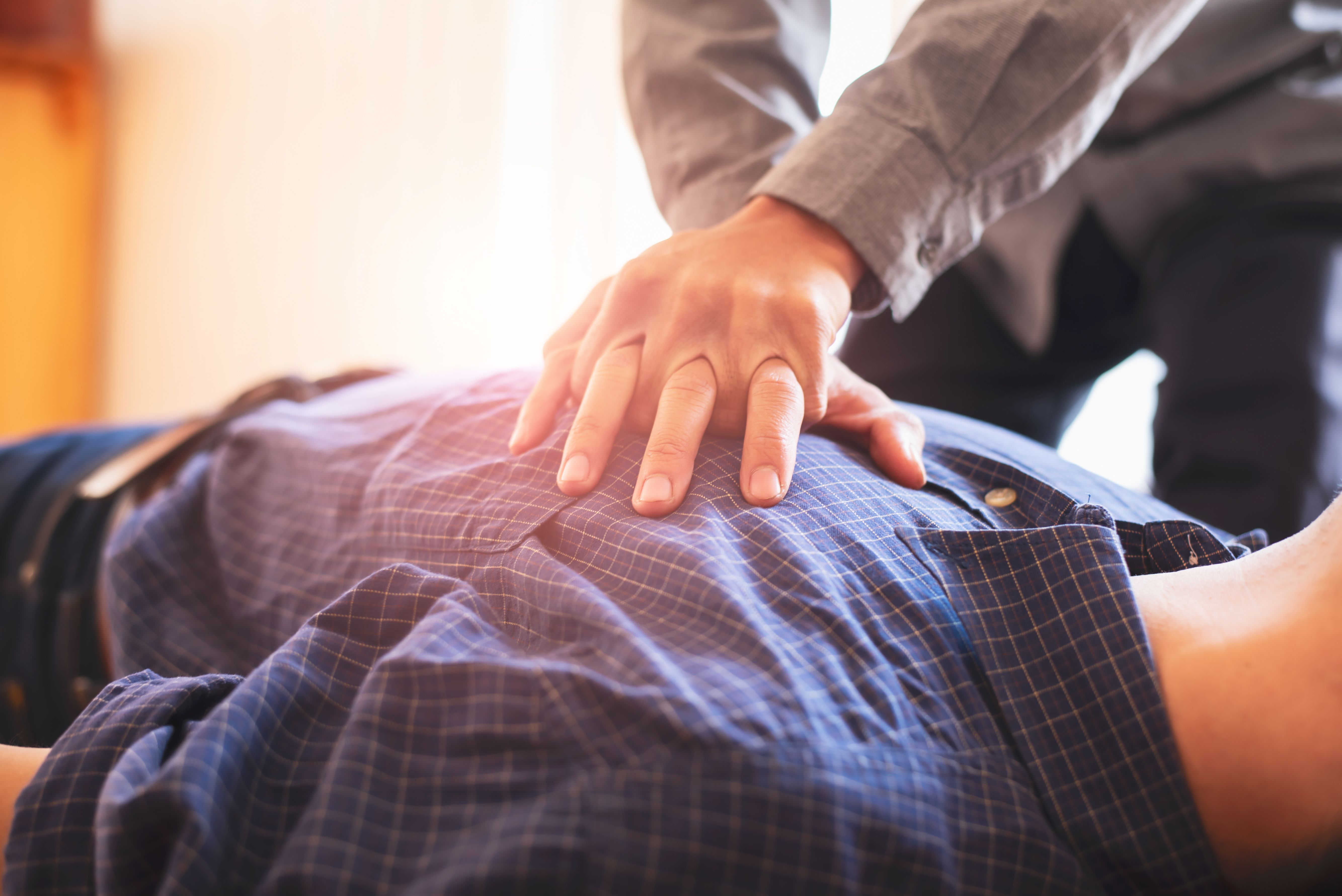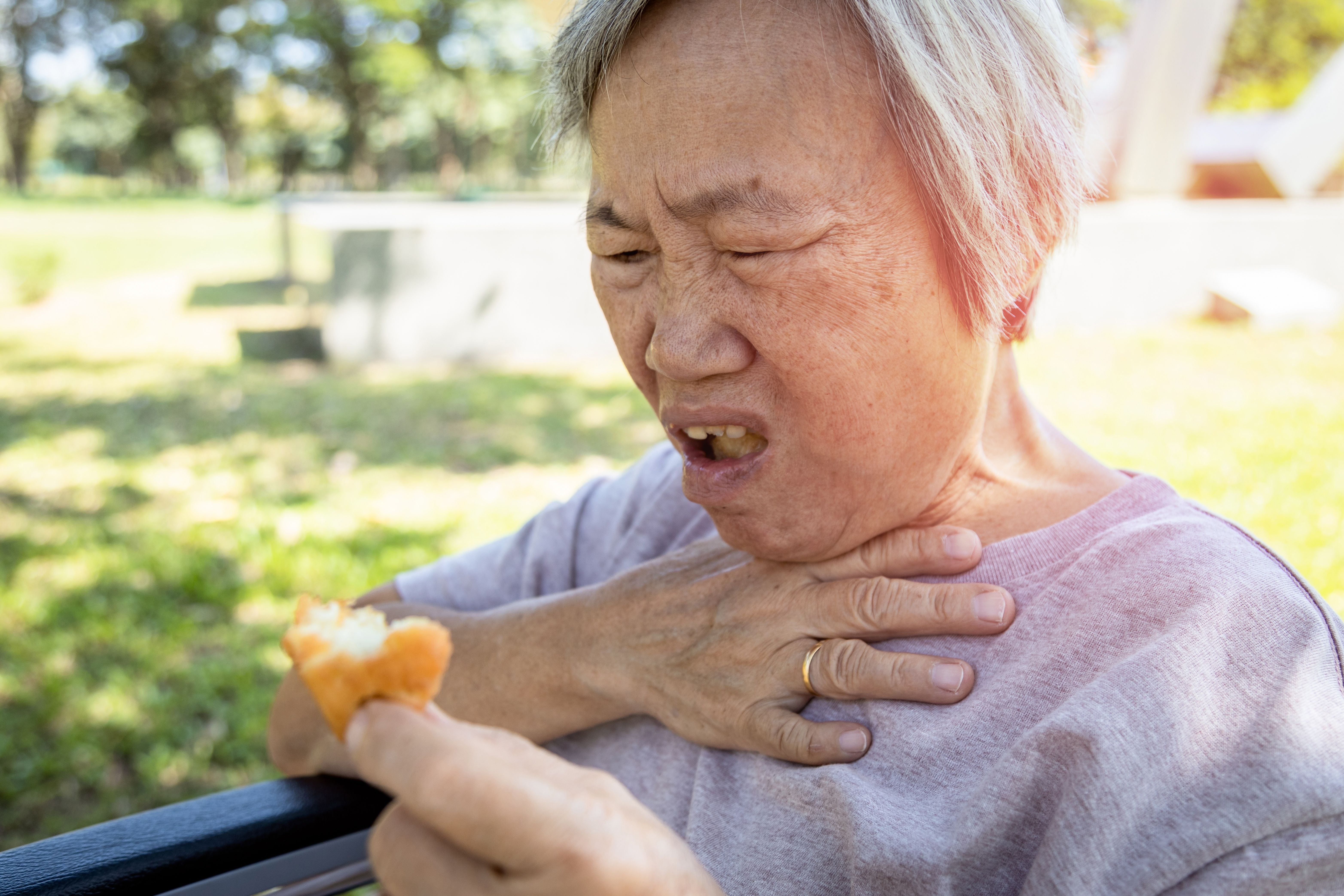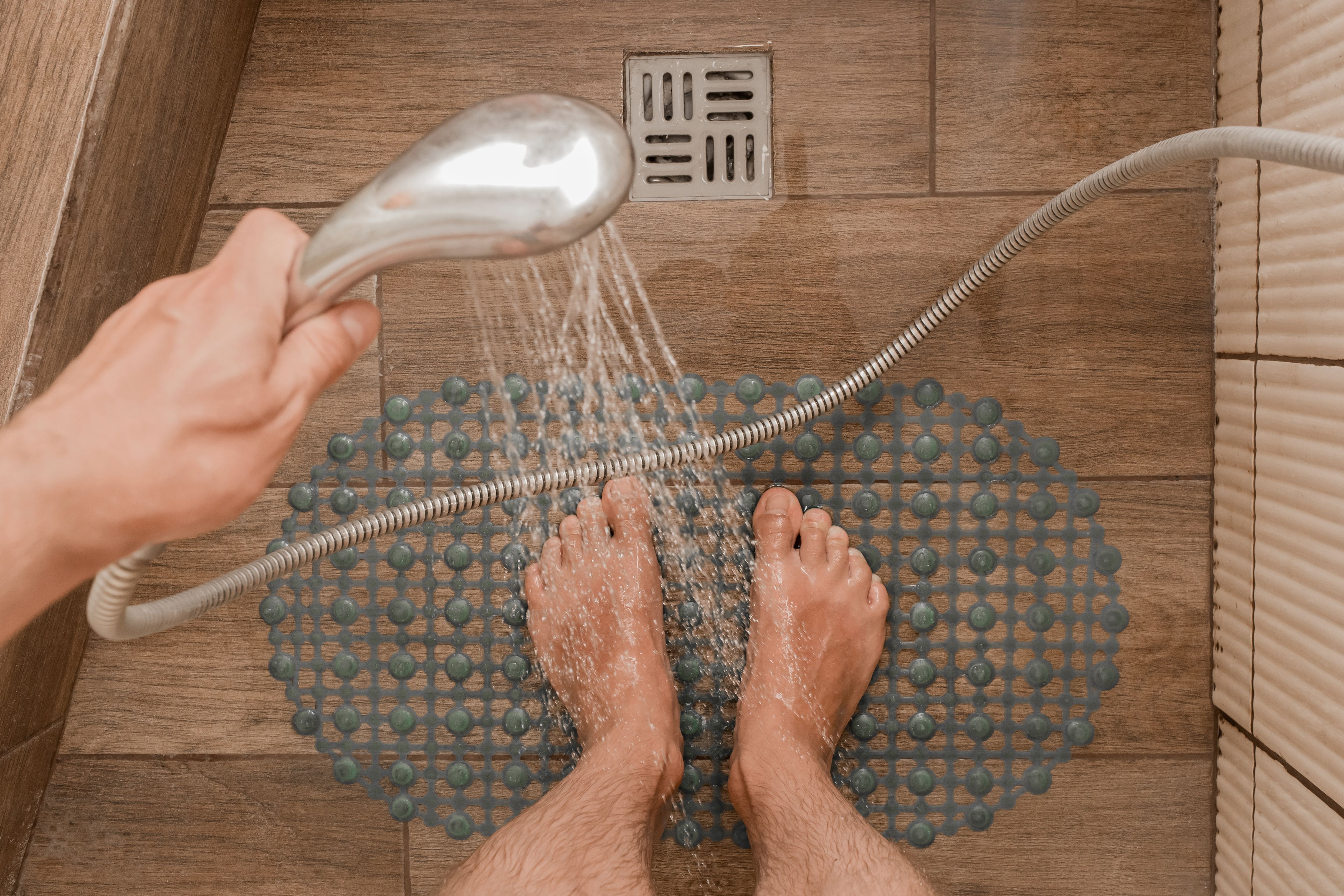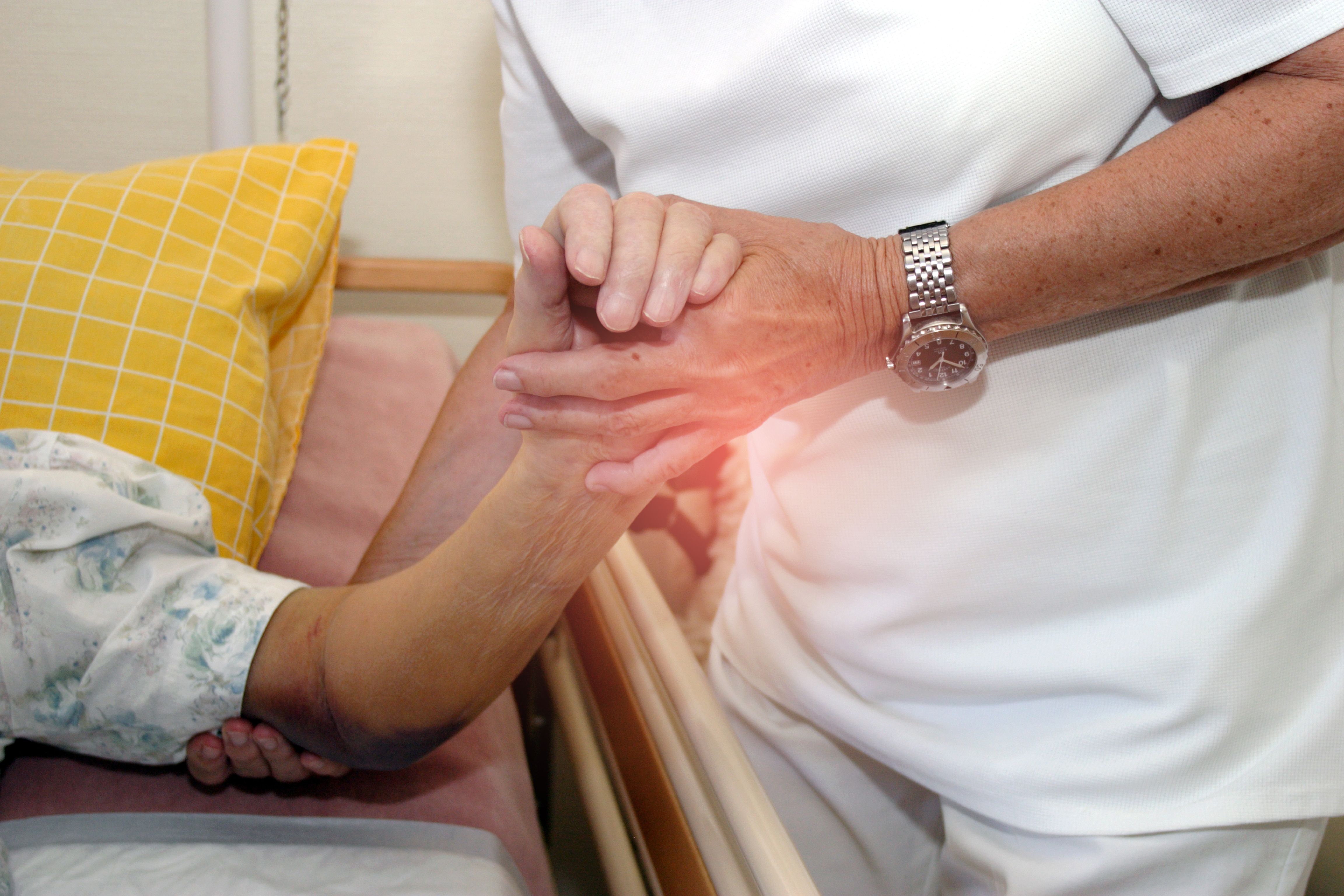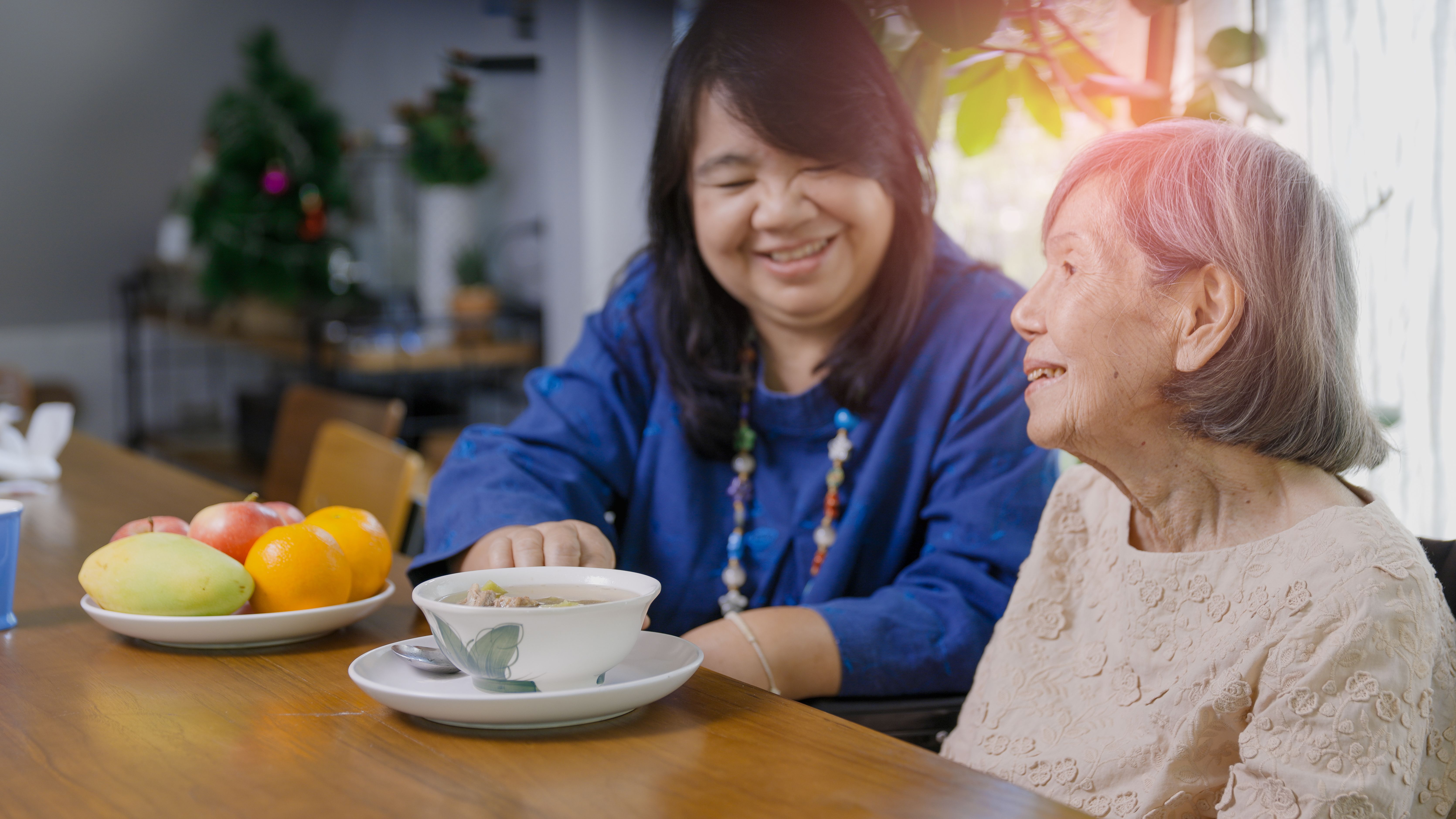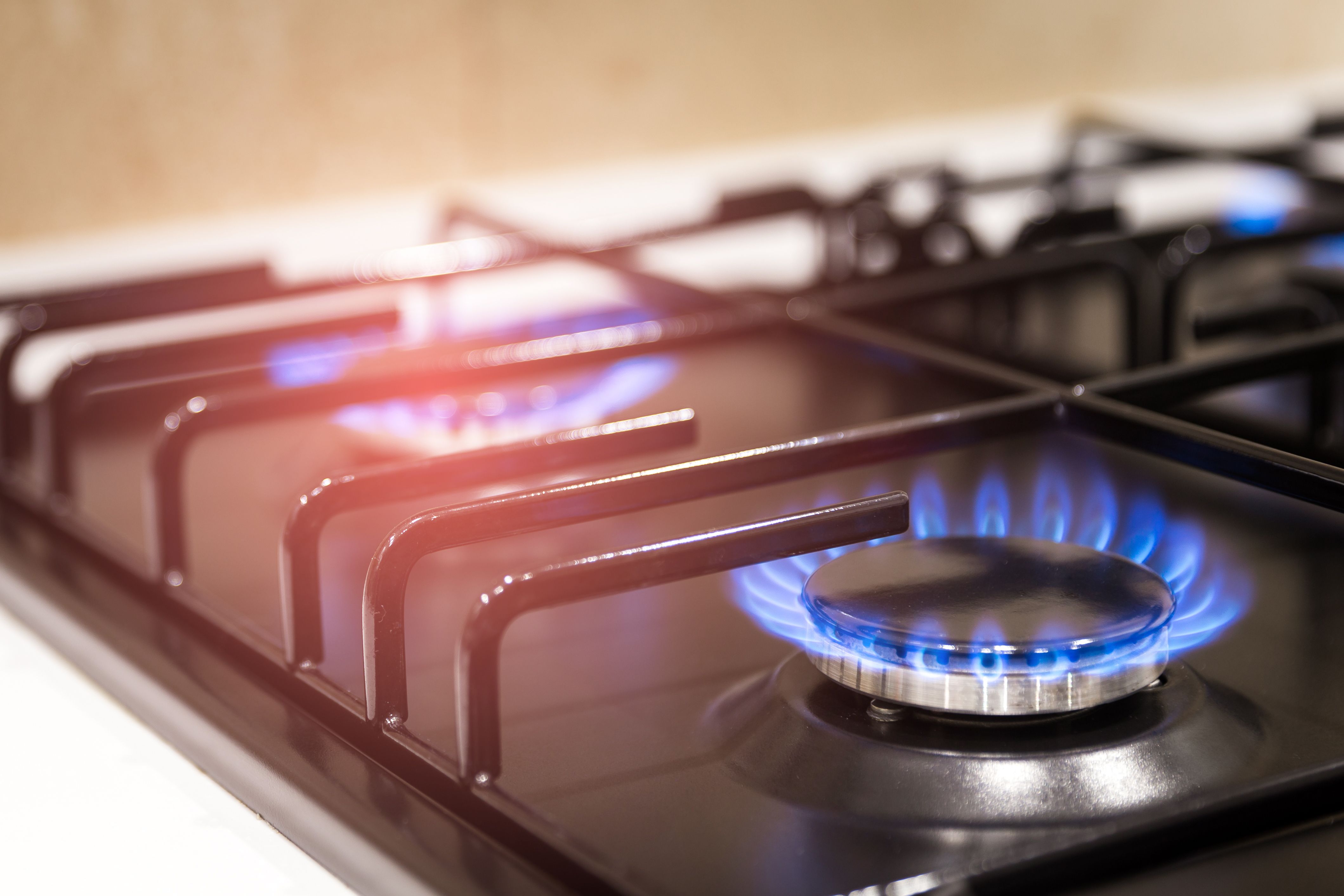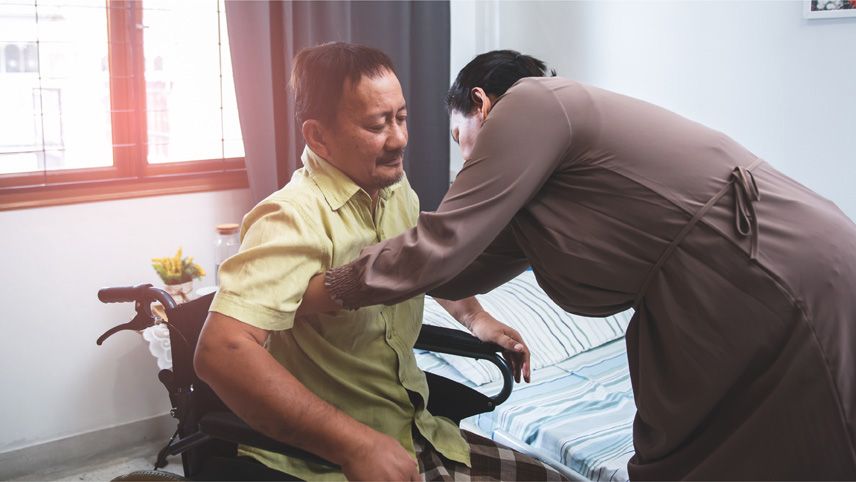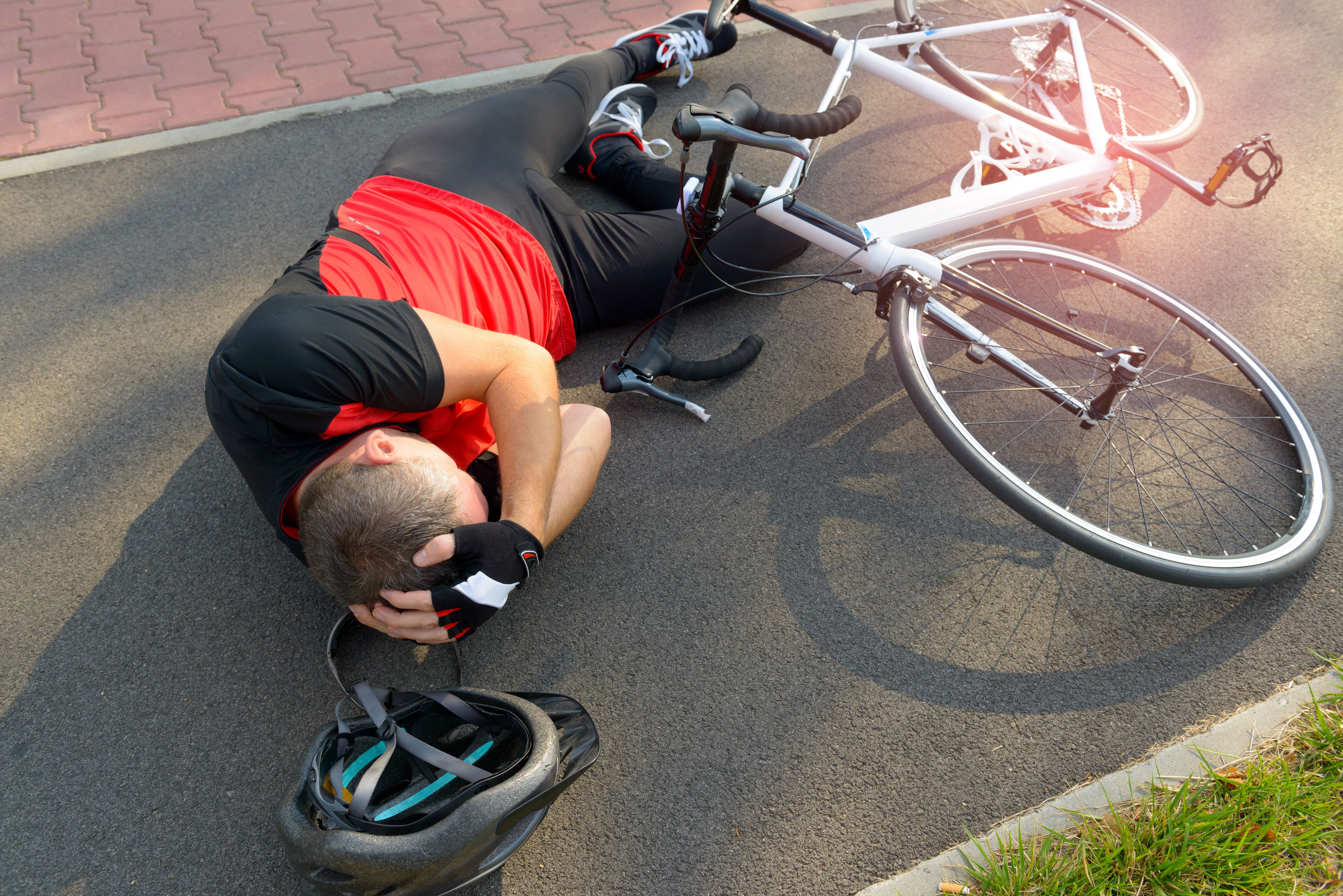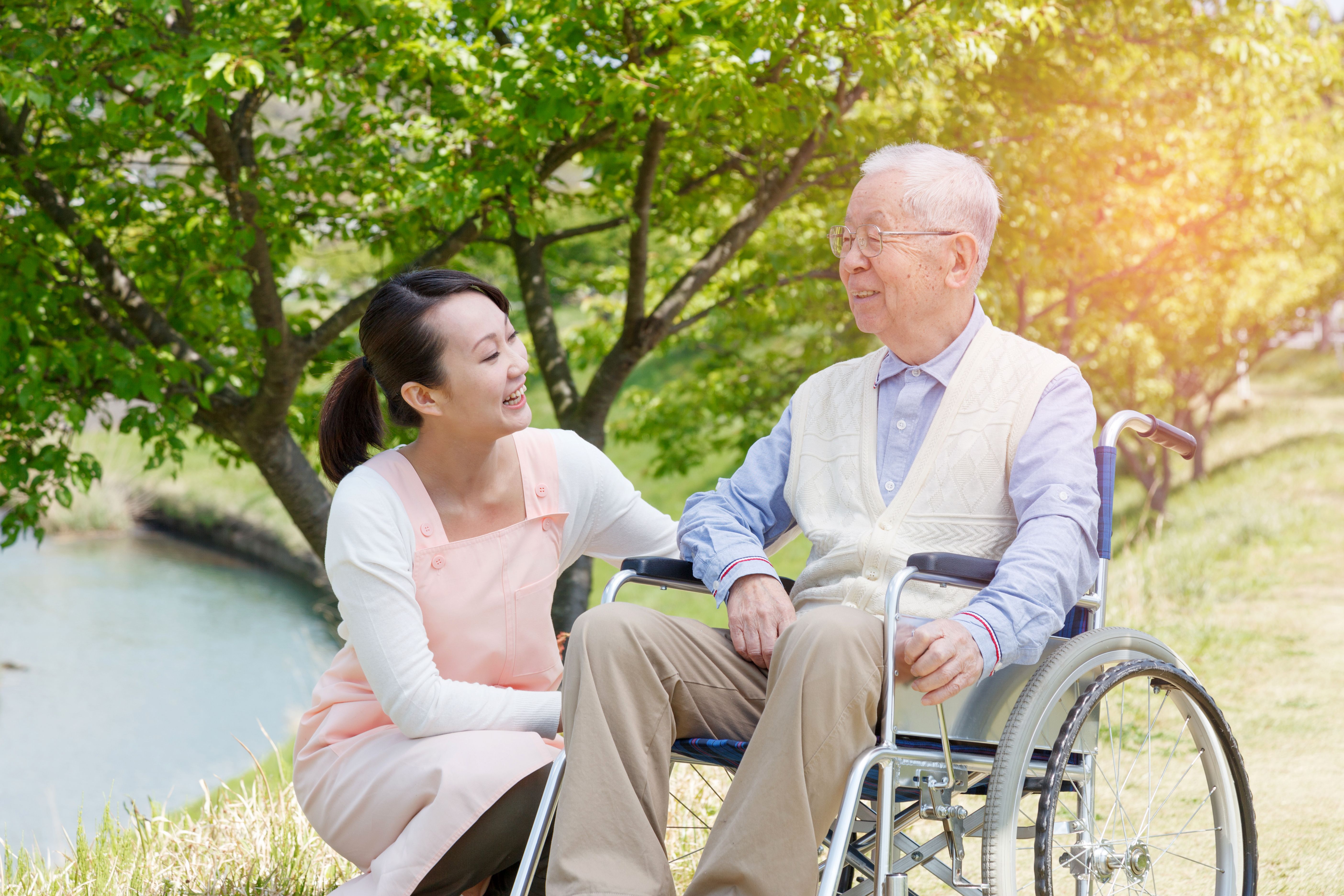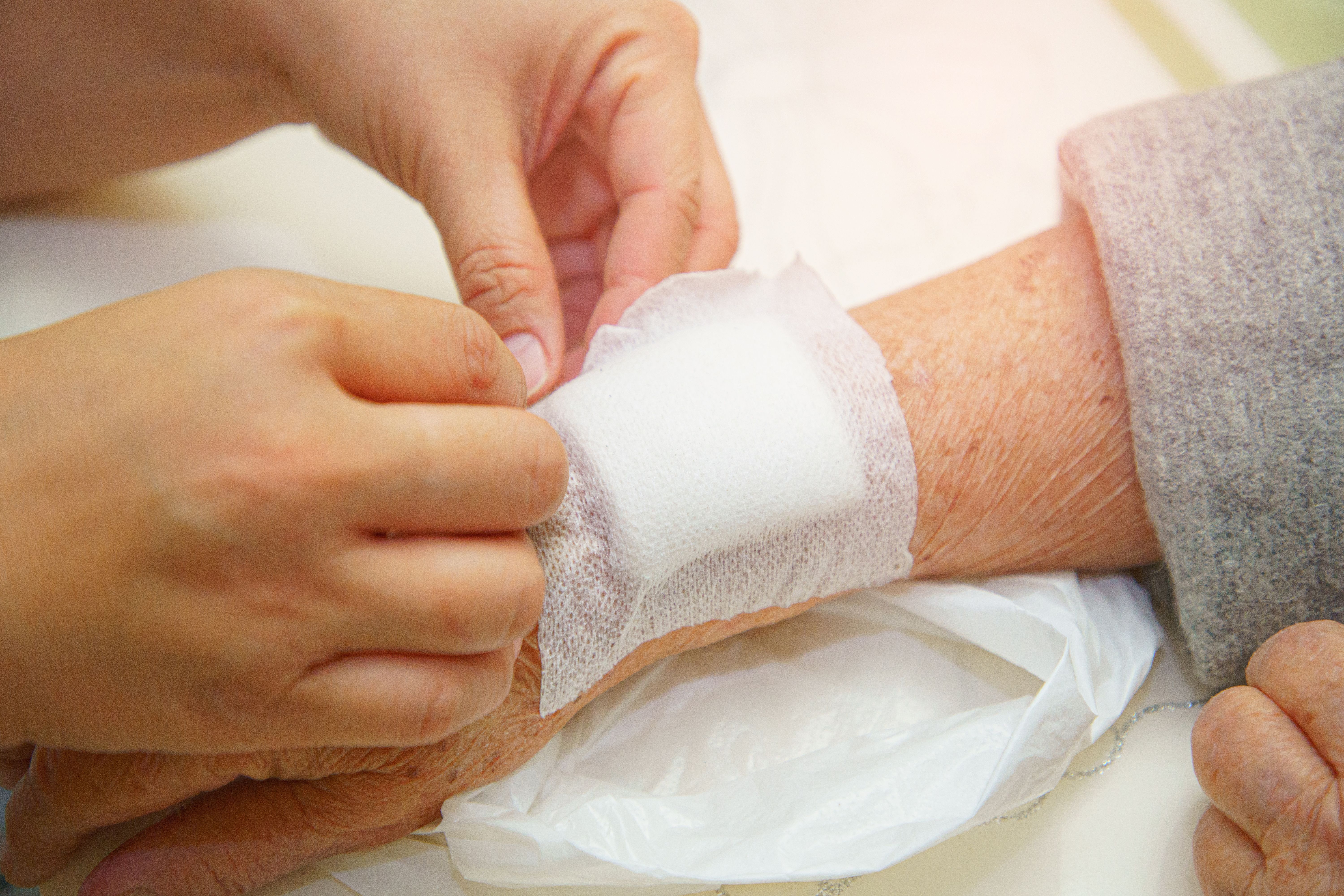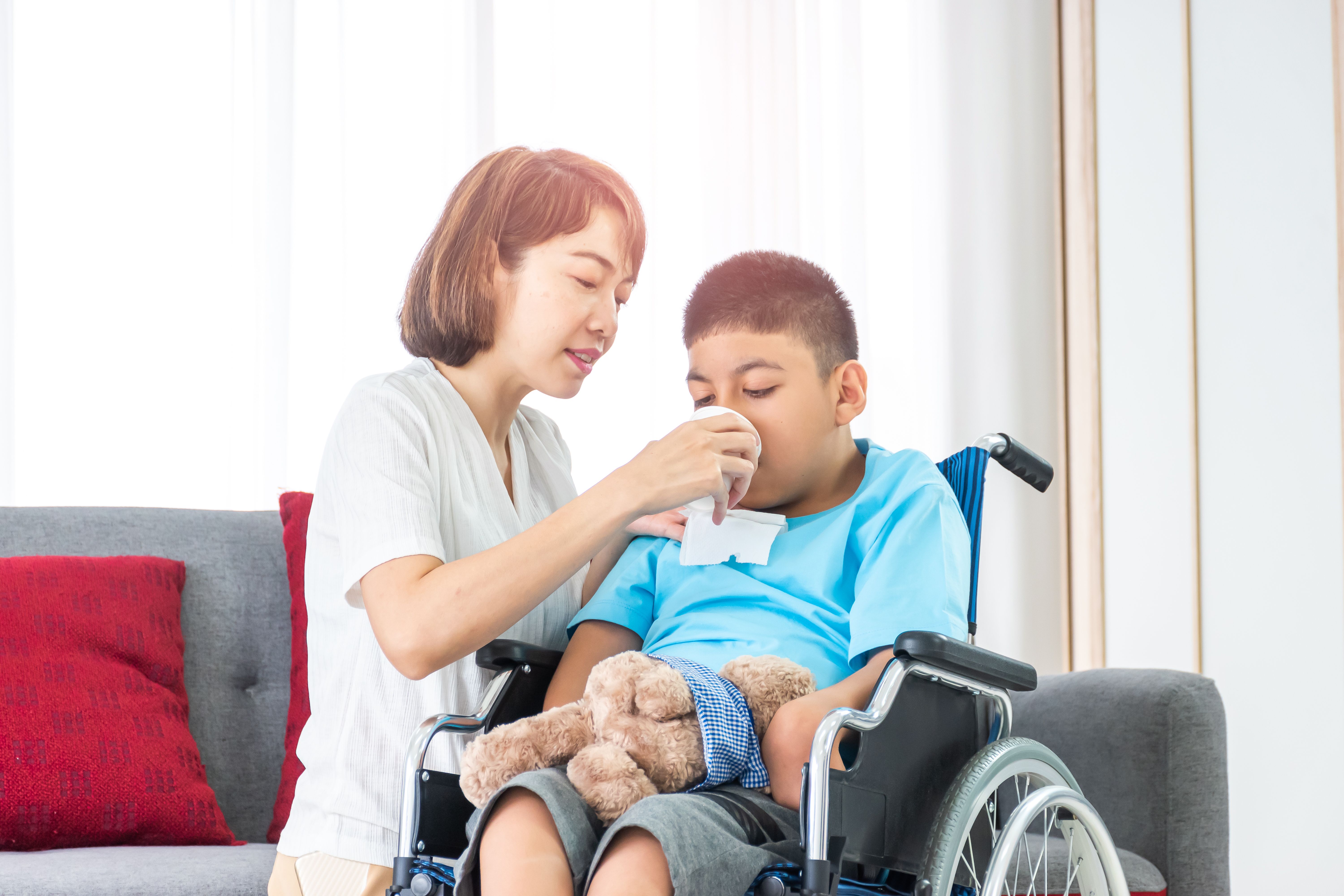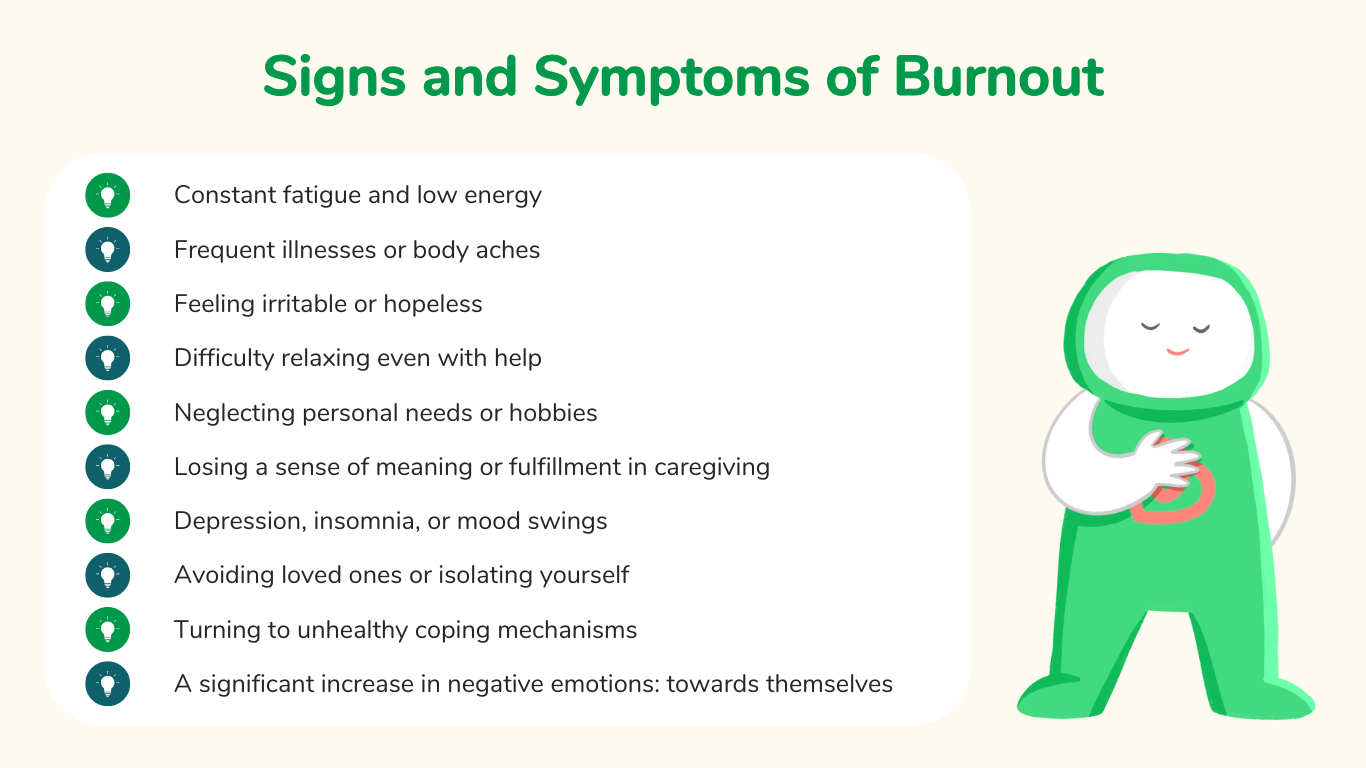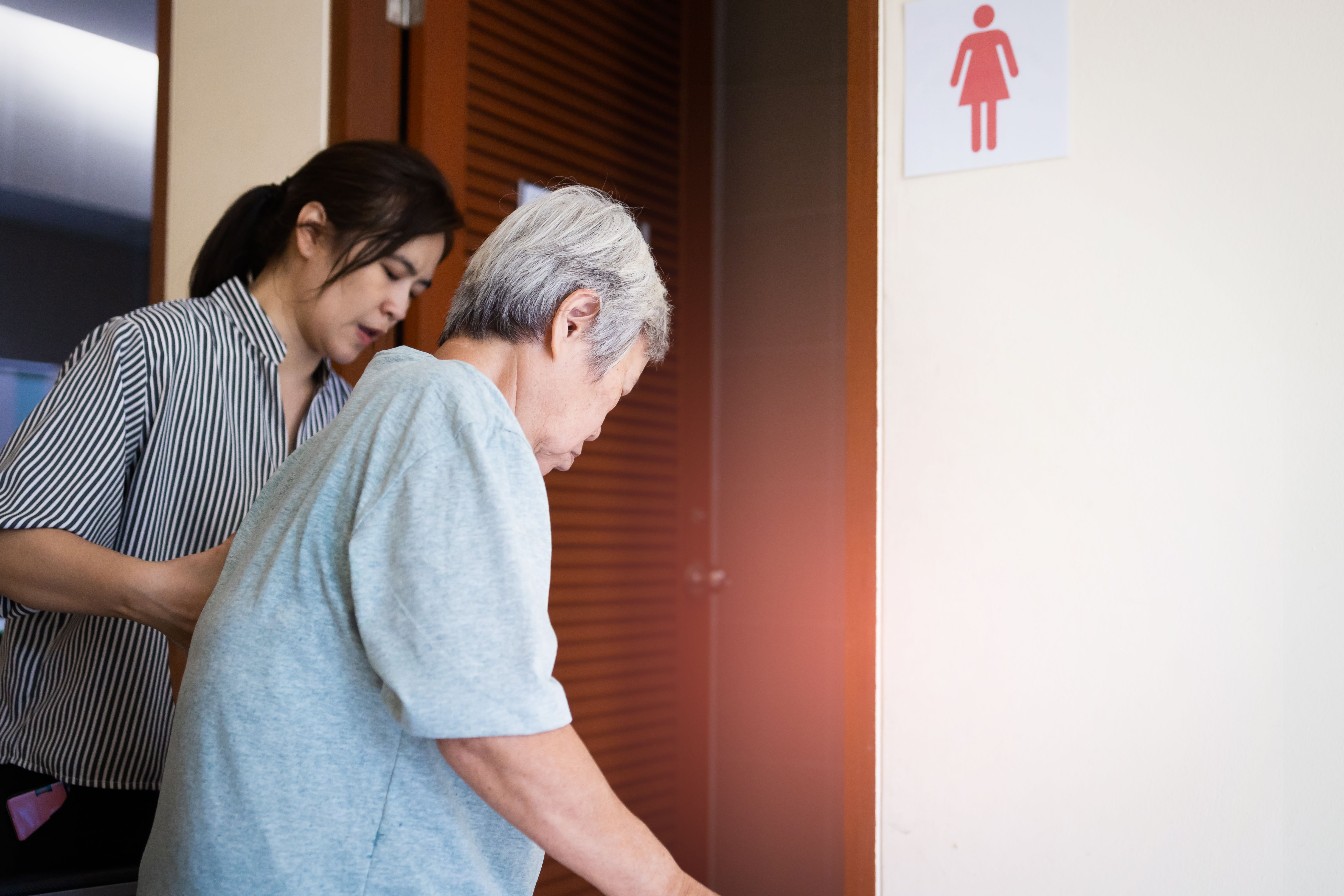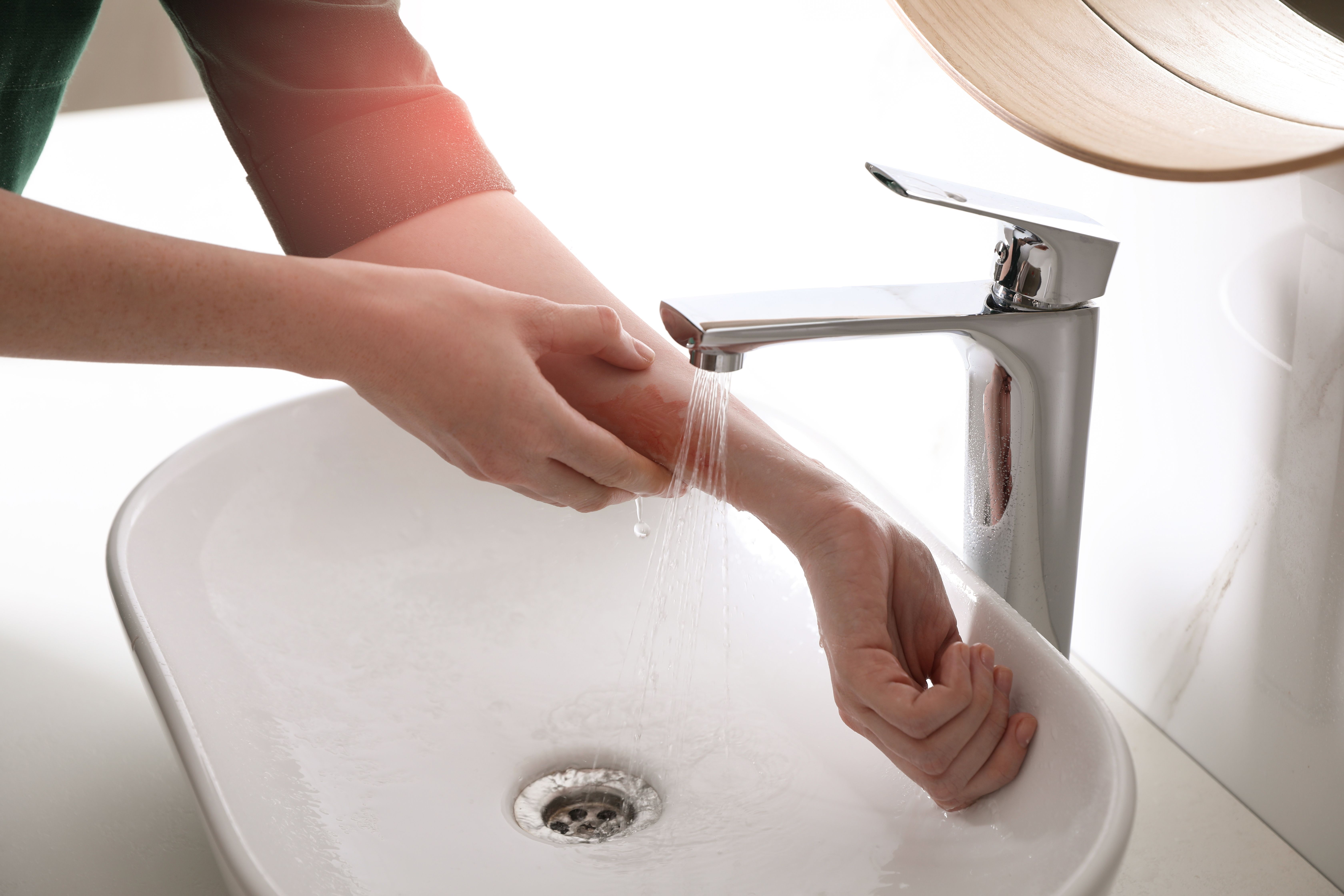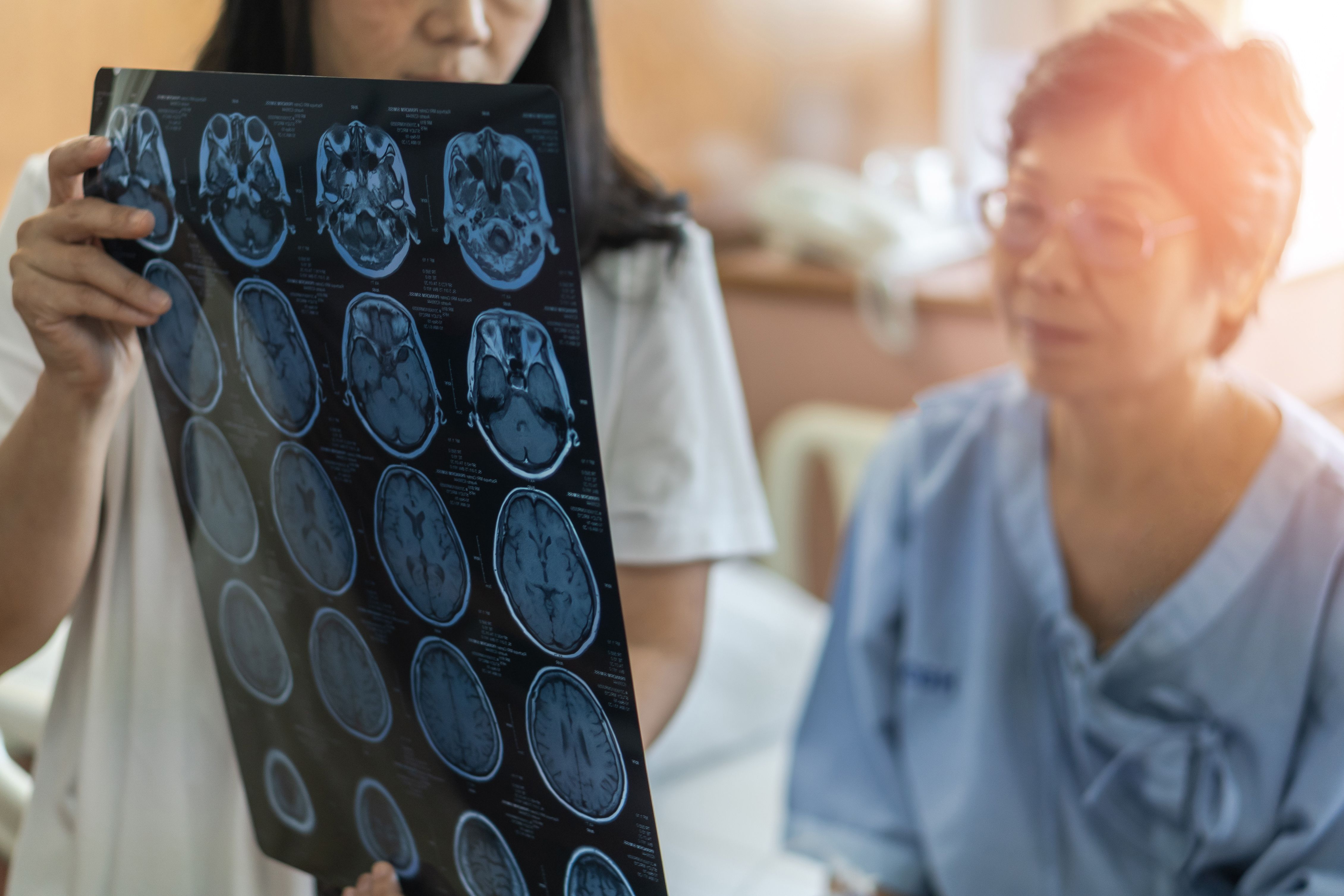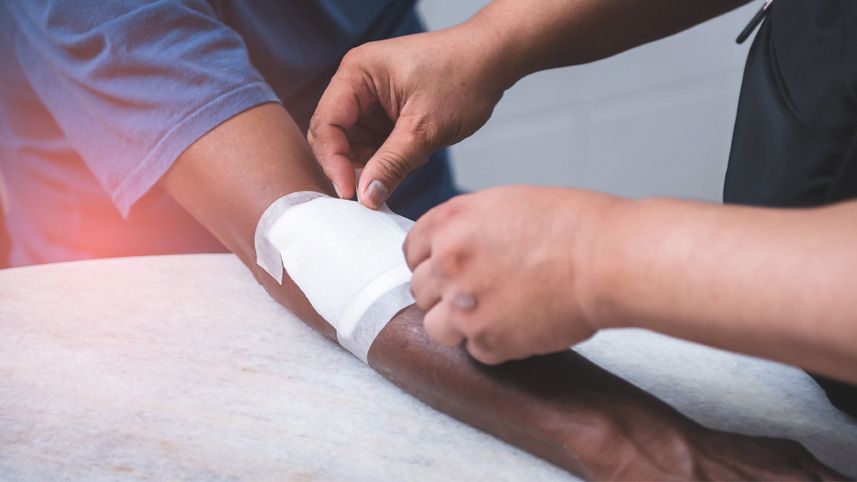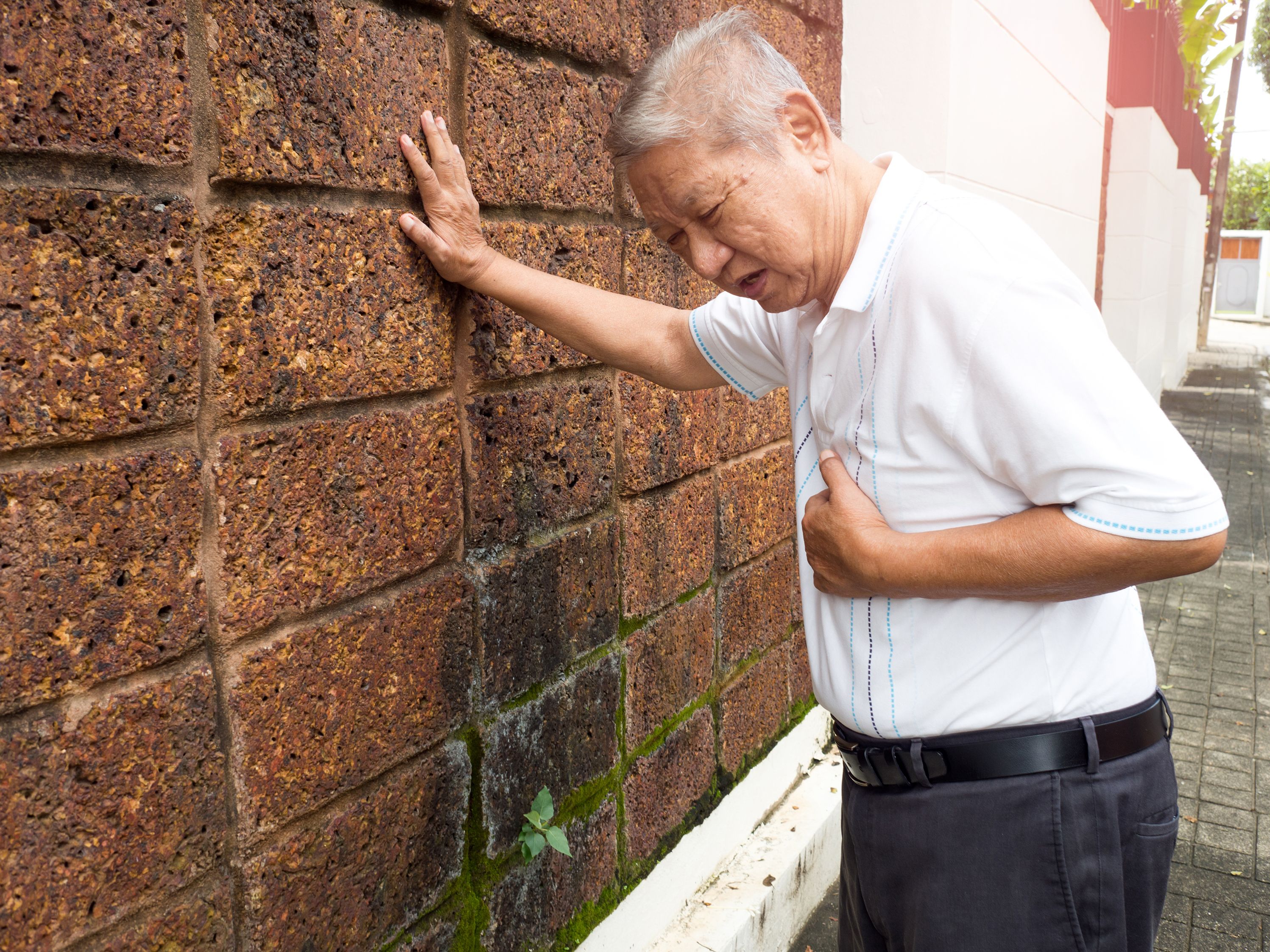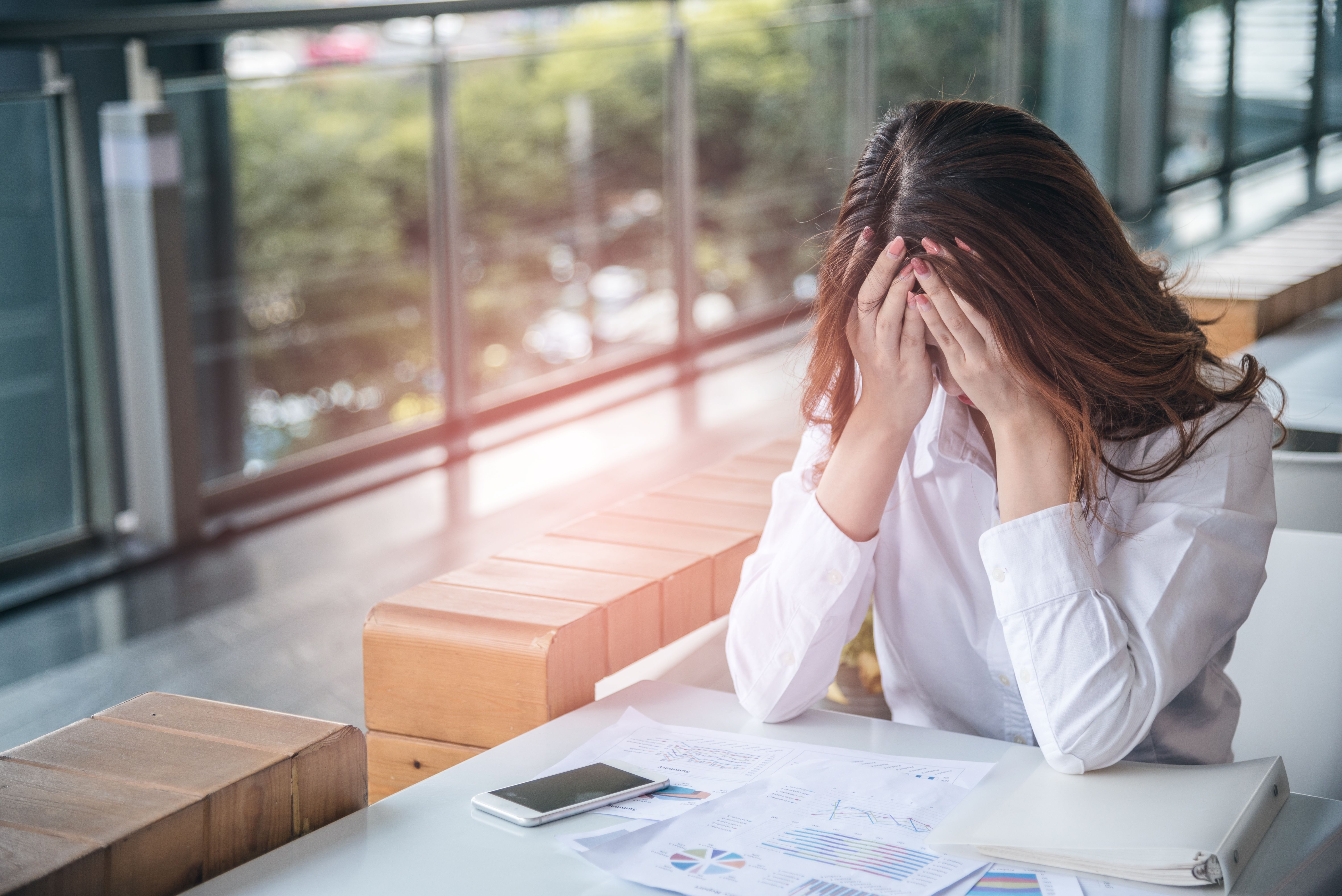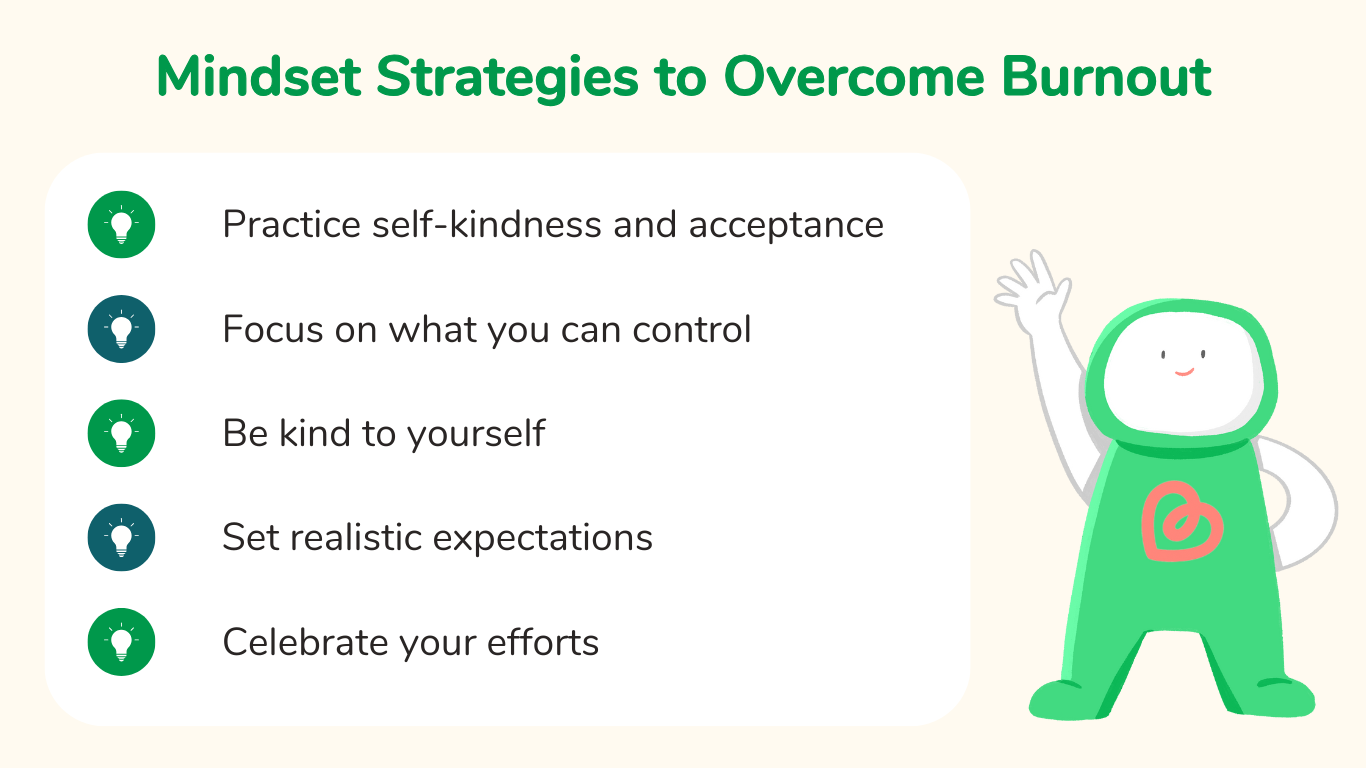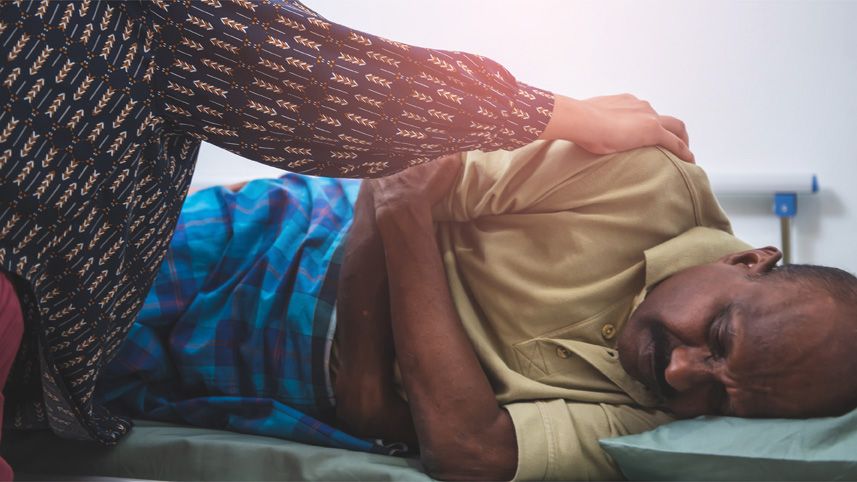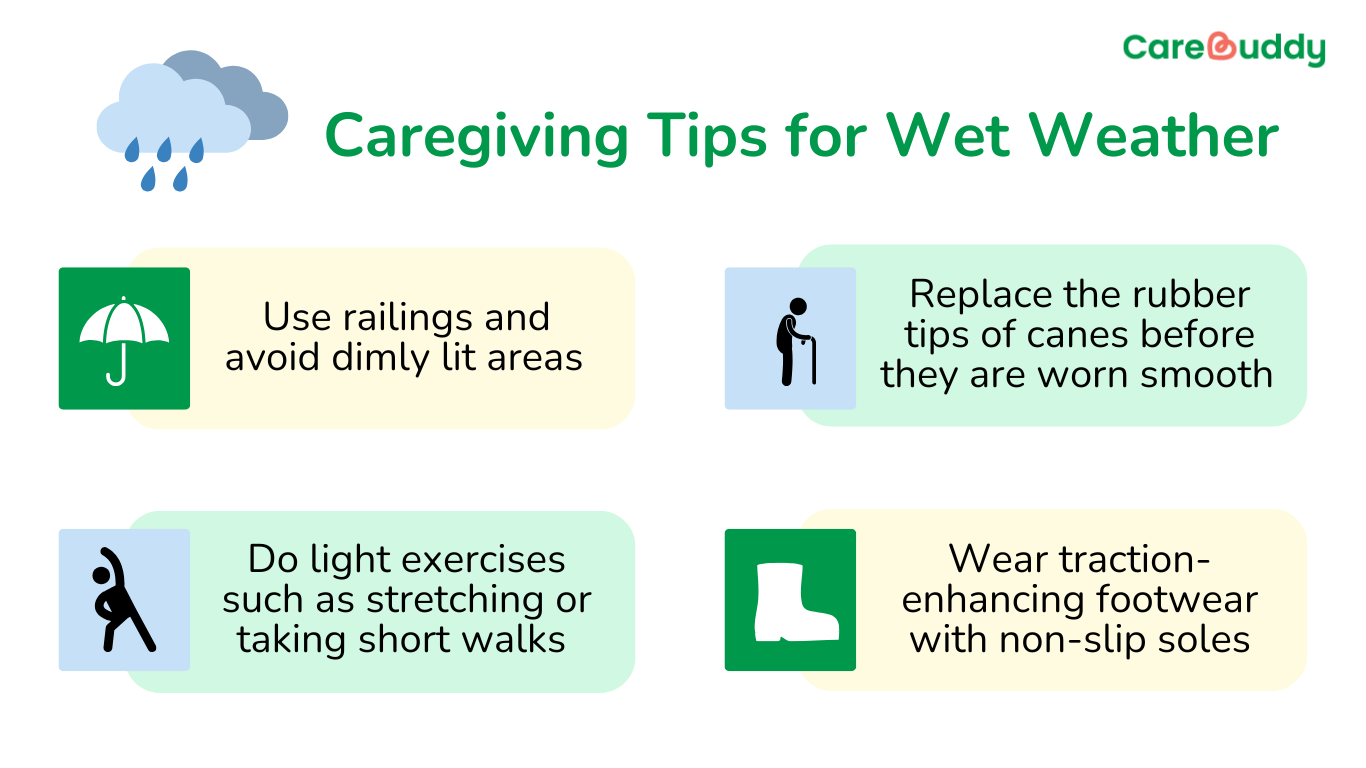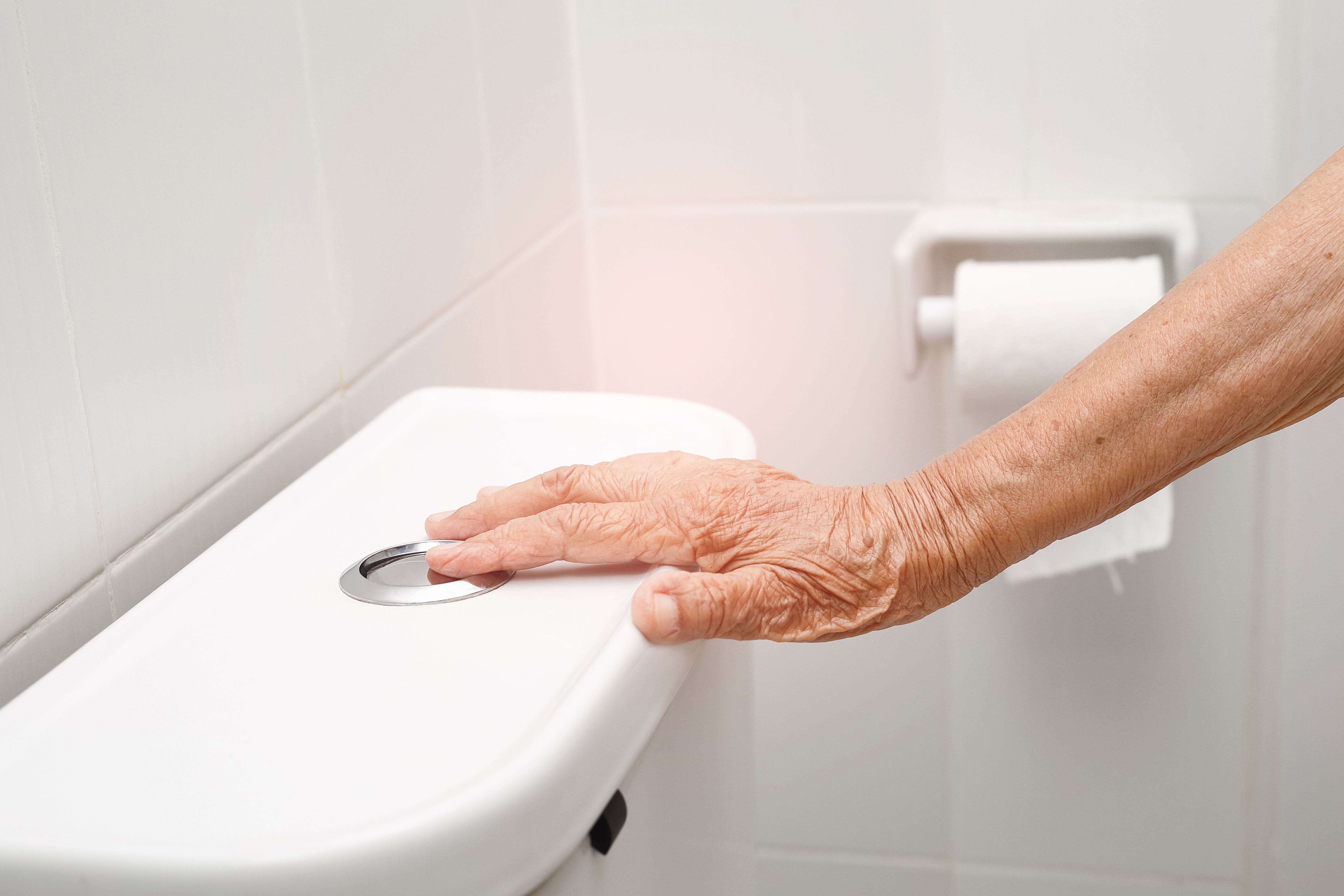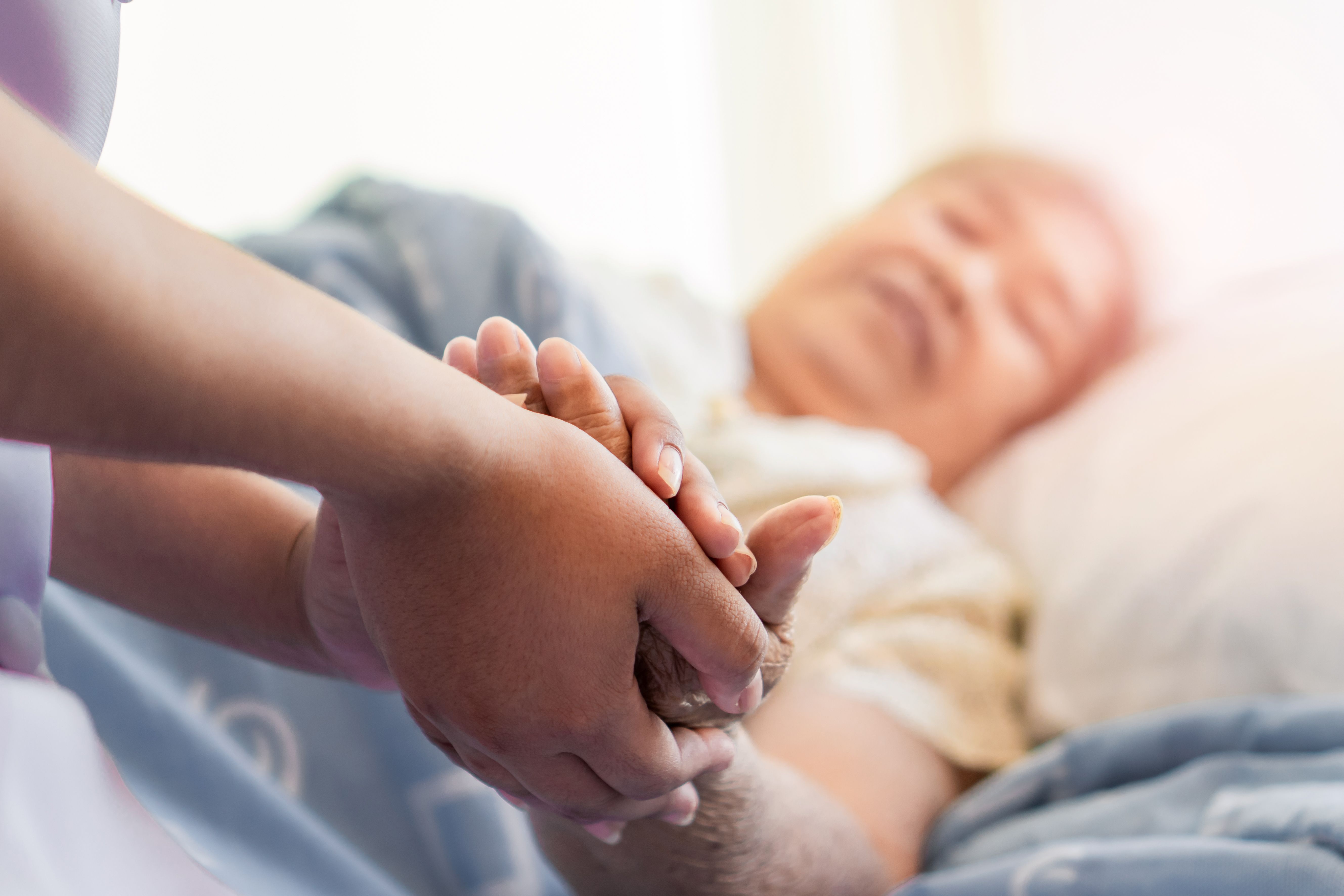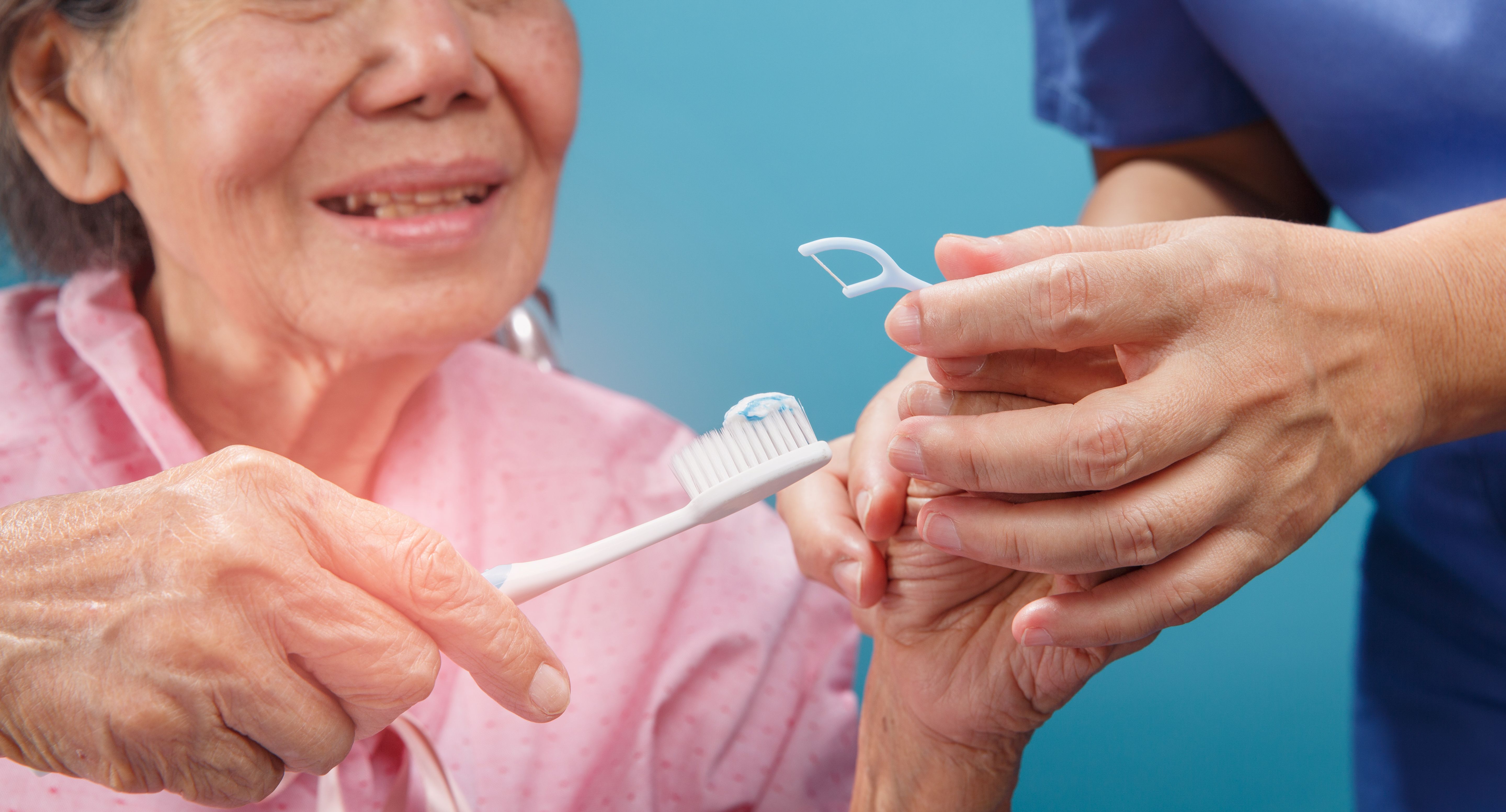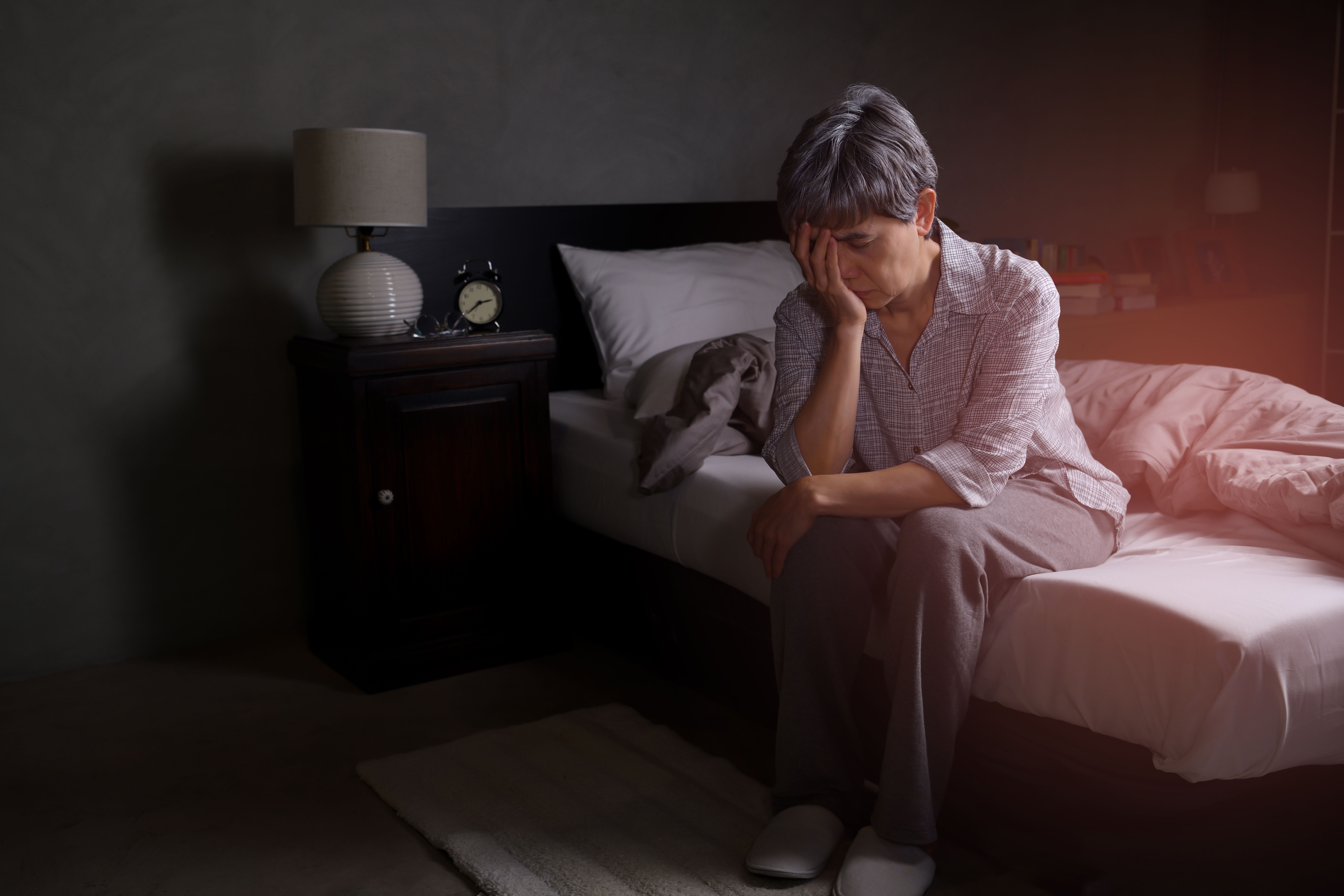The unfiltered facts: Kidney disease and how to manage it
- CareBuddy
- 4 Mins Read
- 28 Jul 2022
- Common Health Issues
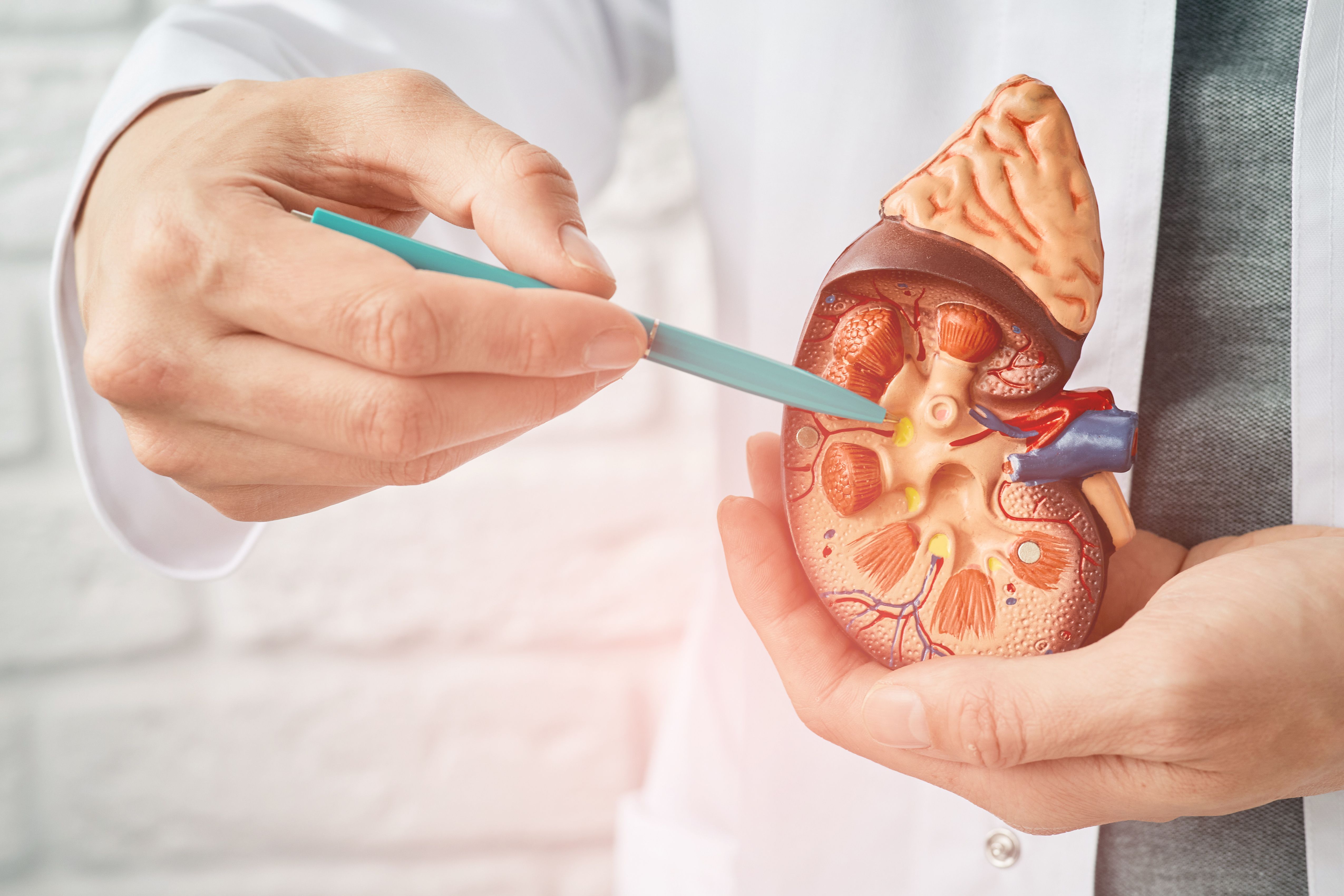
Did you know that Singapore has one of the highest rates of kidney failure in the world? An average of 5.7 people are diagnosed with kidney failure every day in the country. This is expected to increase given the aging population and rising prevalence of diabetes and obesity. This means that more and more caregivers are needed to support care receivers with kidney failure.
The reason kidney disease is dangerous is that kidneys play an important role in filtering excess water and waste materials out of our blood and into our urine so that it’s flushed out. A kidney that fails is unable to perform this task efficiently, leading to excess water and/or waste building up in our body.
In most cases, kidney failure develops slowly and silently until the kidneys have nearly failed. Thankfully, as the National Kidney Foundation describes, you can help a care receiver prevent kidney failure through a few simple steps :
- Keep fit and active
Exercise at least 30 minutes a day. - Control your blood sugar level
2 in 3 cases of kidney failure in Singapore are due to diabetes. - Monitor your blood pressure
Aim to maintain your blood pressure below 120/80. - Eat healthily and maintain healthy weight
Reduce salt intake and limit processed food. - Do not smoke
Smoking slows blood flow to the kidneys, reducing its ability to function properly. - Drink sufficient water and fluids
It’s widely recommended to drink 7-8 glasses of water a day. - Don’t overuse painkillers
Some painkillers like ibuprofen are known to cause kidney damage if taken regularly. - Get your kidneys screened regularly
Have a doctor screen your kidneys for possible signs of dysfunction, especially if you have either diabetes or high blood pressure.
If kidney failure is at an early stage, there are no clear symptoms except possible bubbles and blood in urine. Only regular screening can detect it at this stage. It can be controlled with medication and healthy eating.
If it has progressed to mid-stage, symptoms include
- Loss of appetite
- Swelling
- Fatigue
At a late stage, symptoms become more pronounced
- Ammonia breath (metallic taste in mouth)
- Loss of appetite
- Diarrhea
- Breathing difficulties
- Swelling in arms, legs and lungs
- Nausea and vomiting
- Loss of consciousness
- Anemia (insufficient oxygen leading to weakness and tiredness)
If a care receiver’s kidney disease has only been recognised and diagnosed at a late stage (known as End Stage Renal Disease or ESRD), there’s no cure for it. But there are ways to manage it.
Kidney Transplant: A kidney transplant offers the best long-term survival and quality of life. It is the most optimal solution to kidney failure. The transplanted kidney can substitute almost fully the lost functions of the failed kidneys and it usually begins to function right away, thus allowing the patient to lead a normal life.
Haemodialysis: In centre haemodialysis (HD) treatment requires care receivers to travel to a dialysis centre thrice weekly to be hooked-up to a dialysis machine for 4 hours each treatment. During dialysis, 2 needles are inserted into the fistula (vascular access) – one to remove the blood and the other to return cleansed blood to the body. Some patients may also have a tube (catheter) placed in their neck, while this fistula gets functional. Care receivers on HD have to restrict their water intake as much as possible and preferably not more than 800ml every day as the care receiver stops urinating in time, due to the declining functions of the kidneys. As the dialysis centres run on 3 shifts – morning, noon and evening – many care receivers who are able to work find it a challenge to juggle a full-time job during the day with dialysis sessions, and it can be extremely tiring for them taking into account the long hours of work, dialysis and travelling needed.
Peritoneal Dialysis: Peritoneal Dialysis (PD) is a home-based, self-administered treatment. It is painless (no needling is required), a non-intermittent treatment, gentler and enables continuous clearance similar to the way healthy kidneys function. PD also has fewer side effects such as giddiness and muscle cramps, and fewer food restrictions. More importantly, it provides more flexibility and better quality of life. It is easier to go to school, work or even travel. In fact, PD is suitable for younger adults who want minimal disruption to their lives. With the help of a PD machine, it can be done at home while sleeping. The day time is free to go on with their usual lifestyle and work routines, with better quality of life.
The role of a caregiver
- Ensure that the care receiver has a well-balanced diet with the right kind and amount of food, such as protein, calories, fluid, vitamins and minerals. This is necessary for dialysis patients or patients with end stage kidney disease to stay fit as their kidneys are no longer functioning at their full capacity.
- Ensure that they take medication according to the doctor’s prescription.
- Help them comply with their dialysis treatment and not skip any dialysis session.
- Keep them as physically active as possible.
- Provide counseling and emotional support as it’s a tough time for the care receiver.
Like other conditions that don’t have a cure yet, kidney disease needs to be managed on a day-to-day basis, making the caregiver’s role extremely important. But with the right knowledge and skills, the caregiver can ensure comfort and convenience during the care receiver’s lifelong journey of managing the condition.
Article written in partnership with NKF Singapore.


